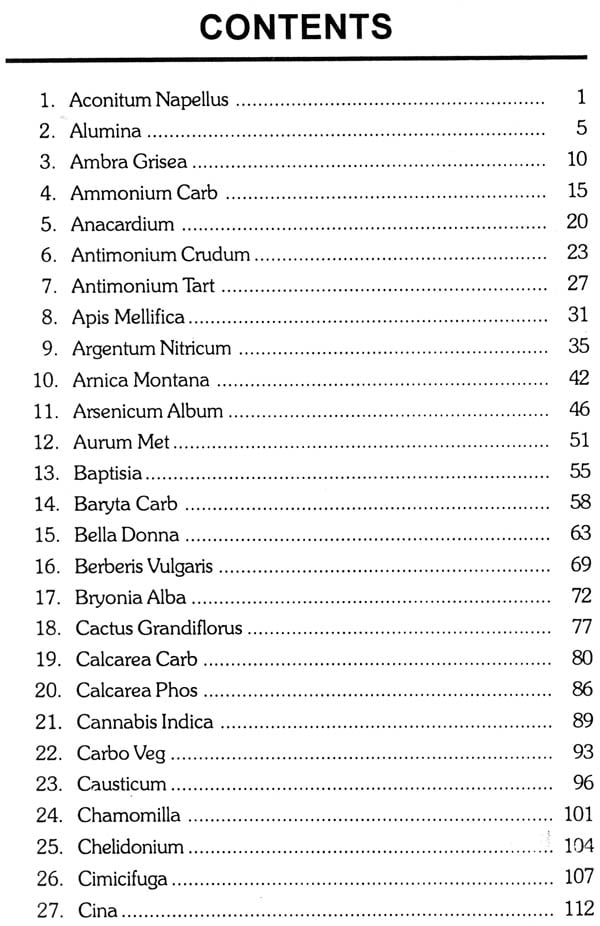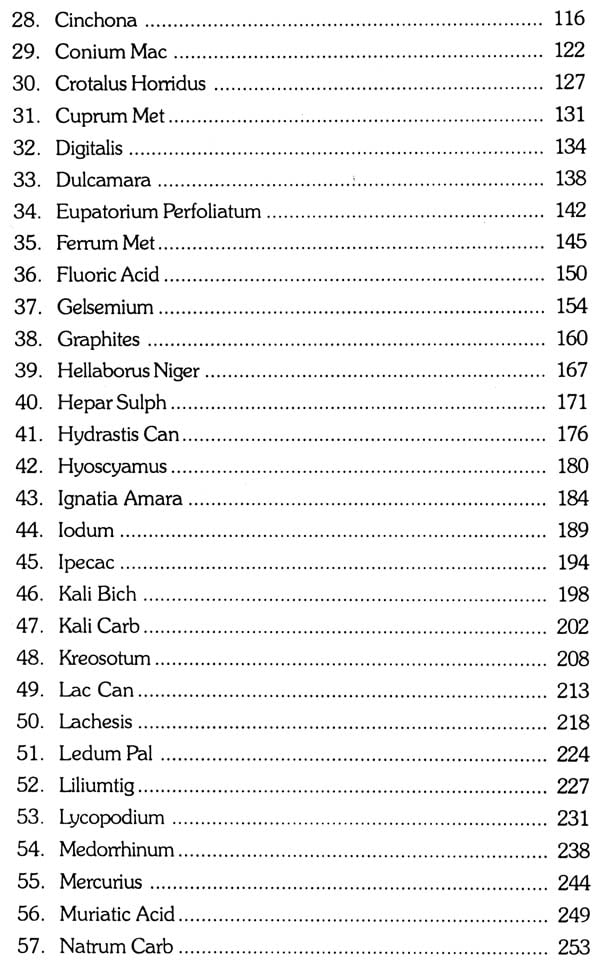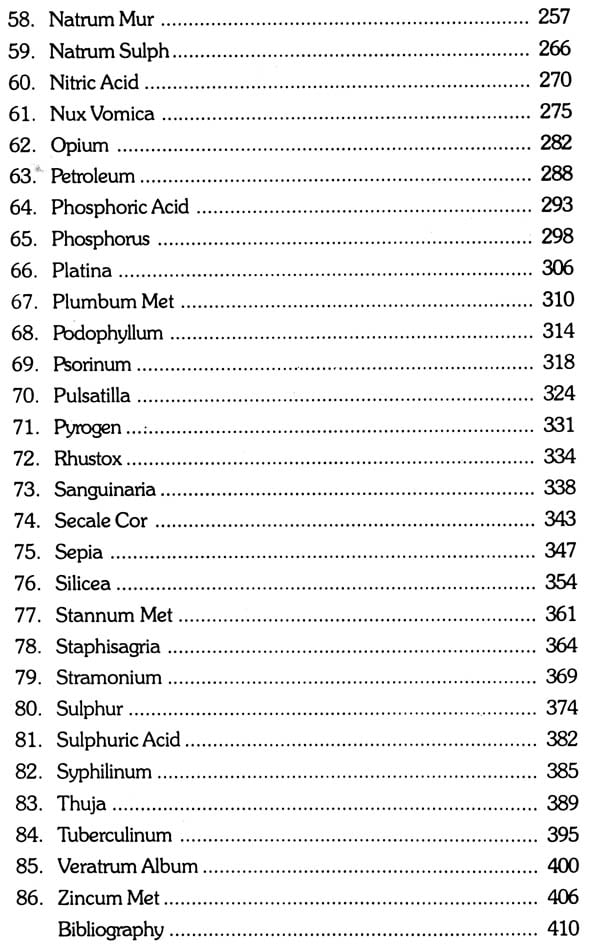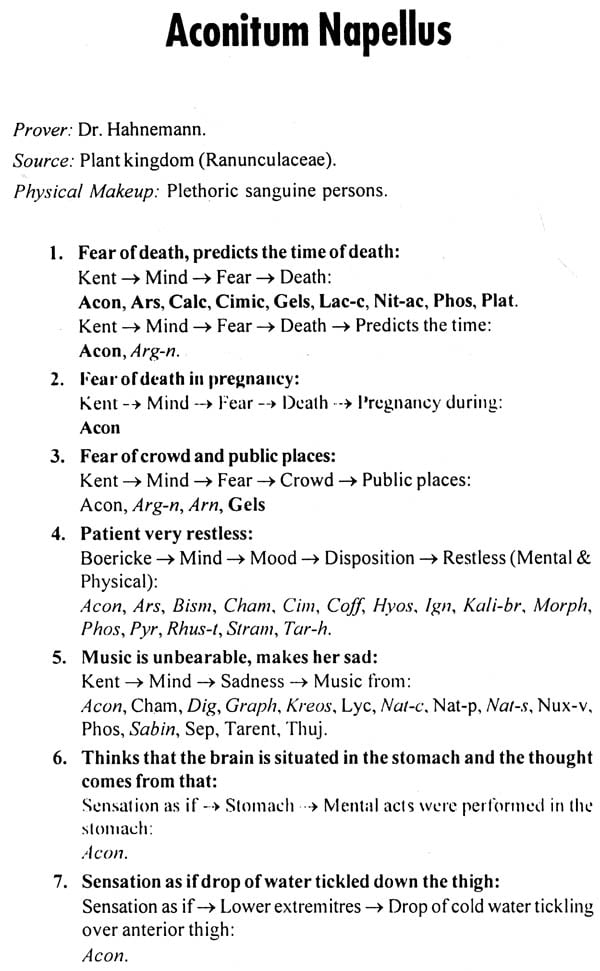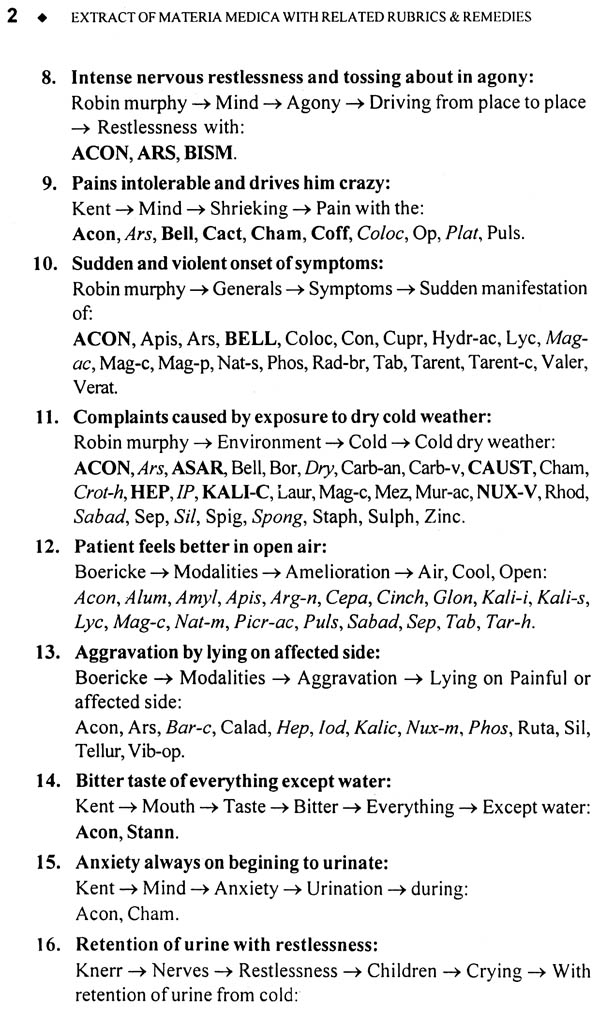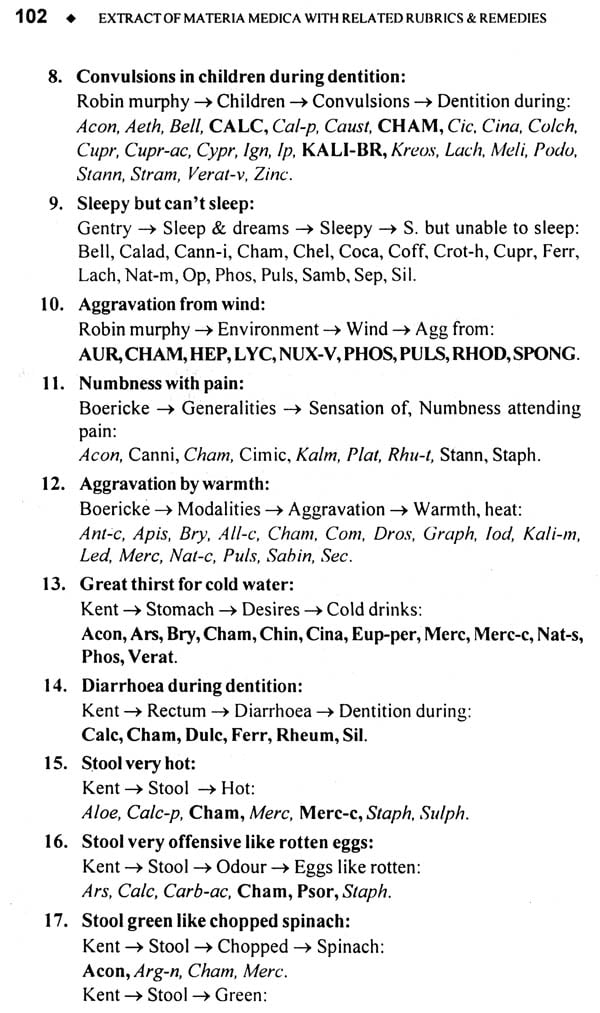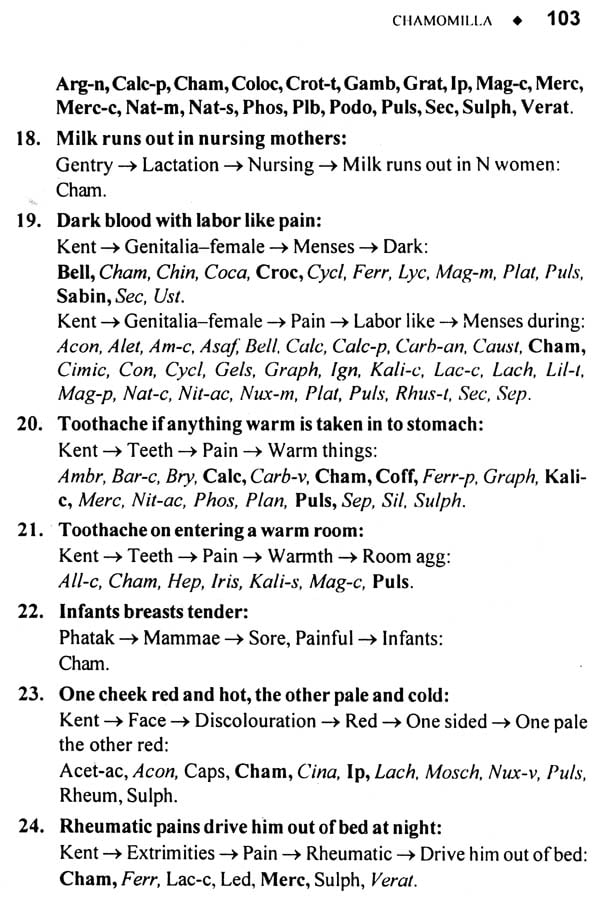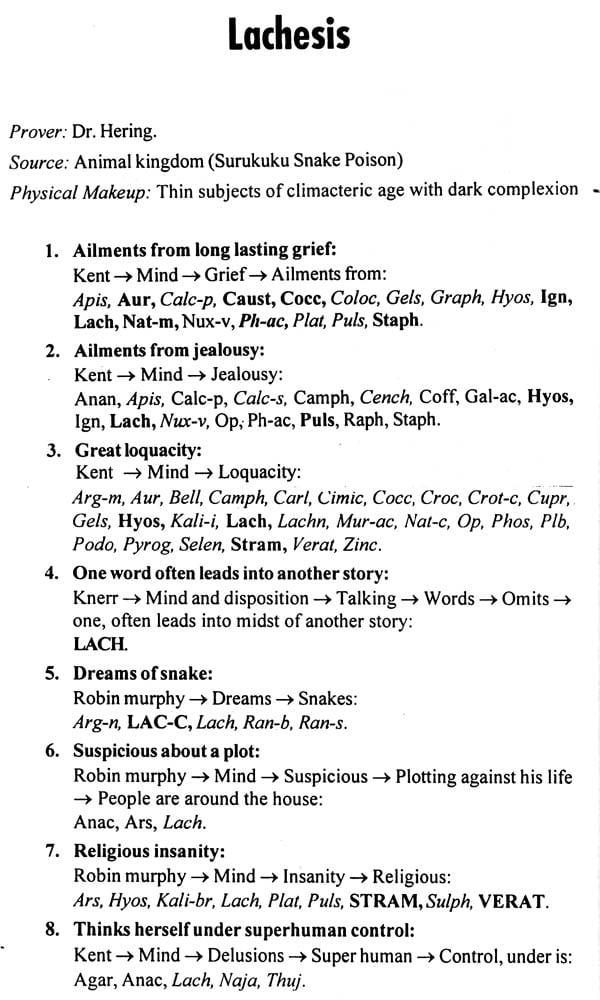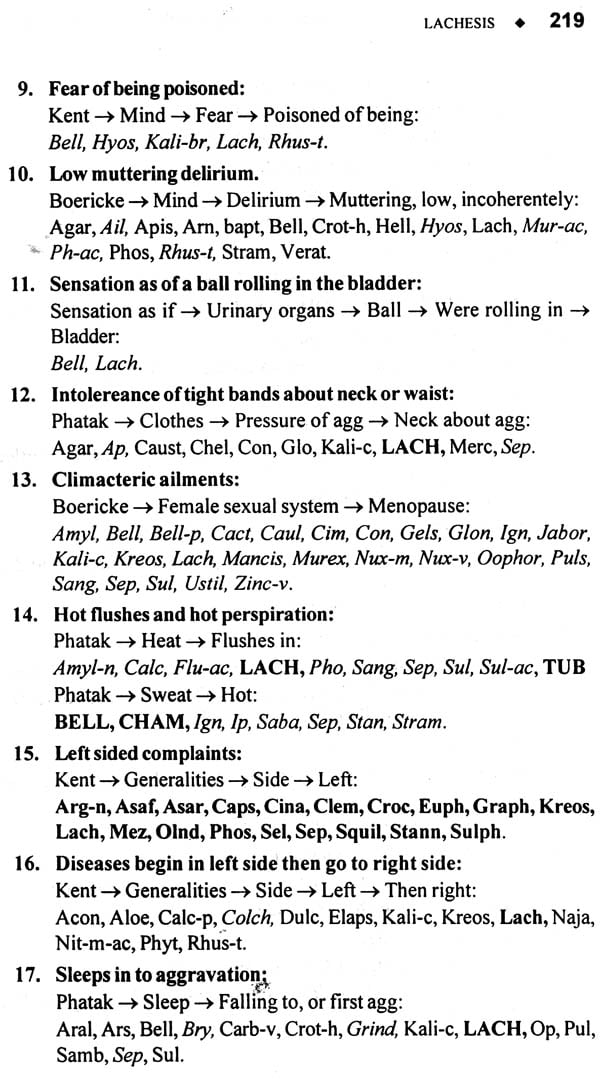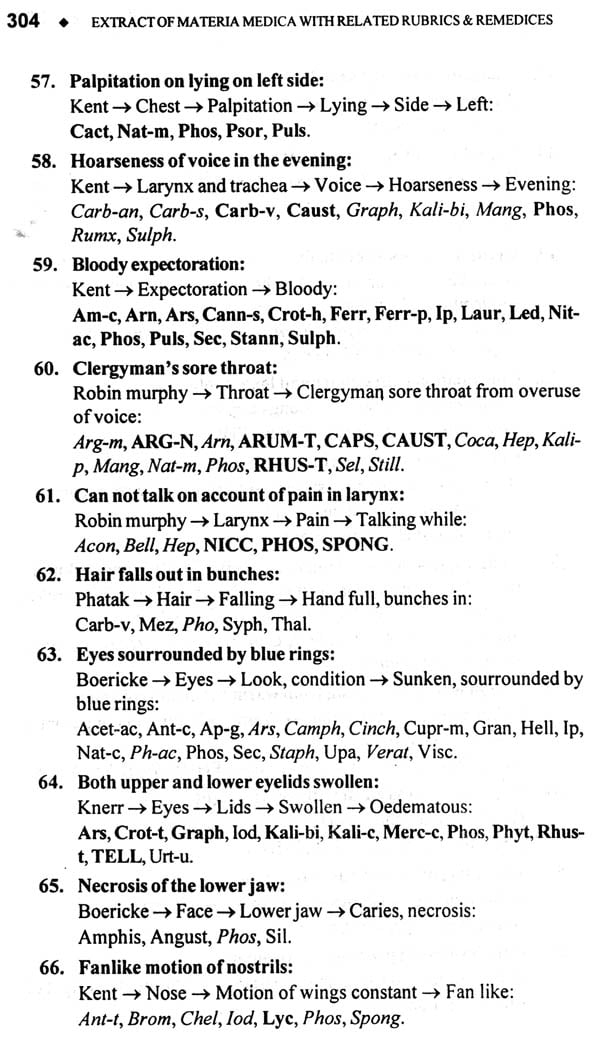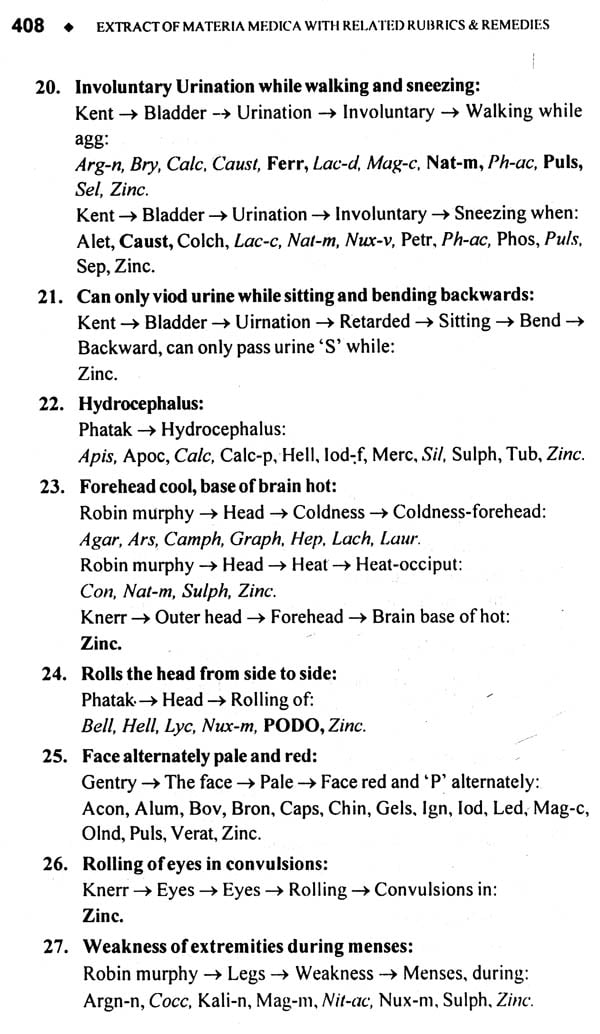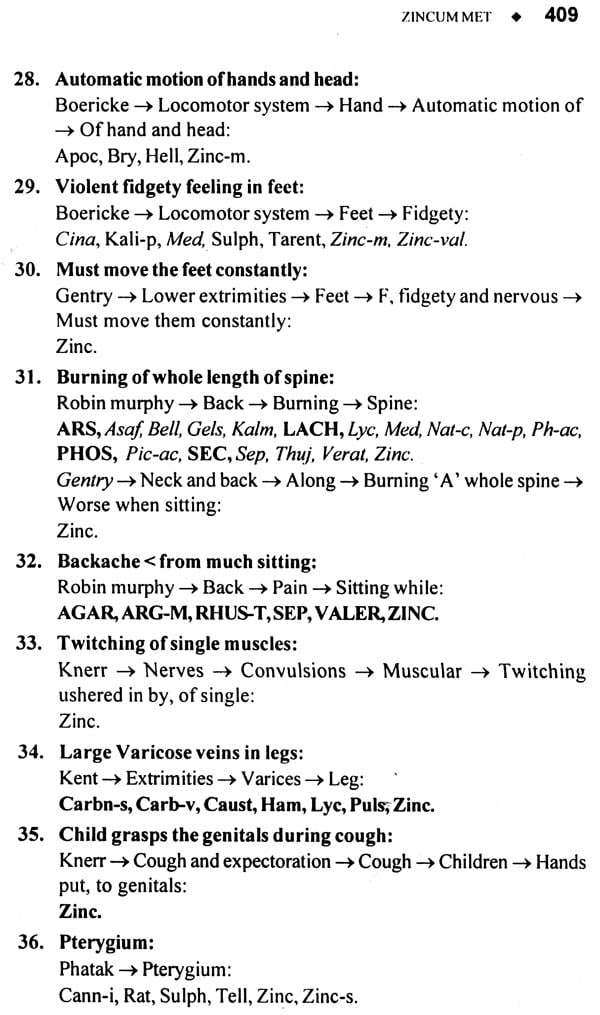
Be A Master of Materia Medica (Extract of Materia Medica with Related Rubrics and Remedies)
Book Specification
| Item Code: | NAU286 |
| Author: | Muhammed Rafeeque A.A. |
| Publisher: | B. Jain Publishers (P) Ltd |
| Language: | English |
| Edition: | 2017 |
| ISBN: | 9788131900871 |
| Pages: | 410 |
| Cover: | PAPERBACK |
| Other Details | 9.00 X 6.00 inch |
| Weight | 400 gm |
Book Description
FEATURES OF THE BOOK
HOW THIS WORK IS USEFUL
Dr. Muhammed Rafeeque is a young talented Homoeopath from North Paravur, Kerala. He is the product of Bharathesh Homoeopathic Medical College, Belgaum, Karnataka. He has created his own name by making a Homoeopathic internet browsing software by name "Homoeonet Browser" which is a gateway to scores of homoeopathic websites. At present he is practinging Classical Homoeopathy at Family Homoeopathic Clinic and Research Centre, North Paravur, Kerala. He is also engaged in writing some more literal works on Homoeopathy.
I have immense pleasure in introducing this work to the field of Homoeopathy. This is an outcome of the hard felt need of a book of this kind for which I started preparations three years back. Since repertory is the index of symptoms of materia medica it will be very useful to read them at a time by comparing the symptoms and the rubrics. But very rarerly we follow this method due to lack of time. So I started working for the book which contains important symptoms of the materia medica with related rubrics and remedies. I collected important symptoms of the materia medica from different well known books and arranged them in the order of hierarchy. Since Homoeopathy gives more importance to general symptoms they are given first followed by particulars. Each symptom is followed by the rubrics of the repertory in which that particular symptom is represented well. Here the remedies are given with gradings as given in the repertory.
It took nearly about three years to complete this work since I was already engaged in developing a Homoeopathic internet browsing software by name "Homoeonet browser" which provides hyperlinks to well known Homoeopathic websites with search facility.
Features of the book:
- Well proved drugs are selected.
- Symptoms are collected from well known materia medicas.
- Symptoms are arranged from generals to particulars.
- Each symptom is followed by the representation of the same symptom in rubric form of the suitable repertory. Some symptoms are not represented fully in a single rubric. In such cases few rubrics are considered. Some symptoms are not represented with the qualifying symptoms. In such cases a general rubric is considered.
- The rubrics are followed by the remedies with gradings as given in the repertory. In case of rubrics with many remedies only high-grade remedies are considered. For convenience the grading of the kner’s repertory is converted into capital, bold and italics.
- In the above manner each drug is considered and is represented completely.
- Study of materia medica by giving importance to general symptoms followed by particular symptoms.
- The total picture of the drug can be obtained in a few minutes.
- Structure of different repertories can be compared and studied.
- Comparison of remedies will be more easier and interesting.
- The above mentioned things can be done at a time. The purpose of this book is not to replace the well-known materia medicas but it is an easy reference book to homoeopaths.
At this juncture I remember with a great sense of gratitude my teachers and collegemates who encouraged me for this work. I am indebted to the teachers and students of Bharatesh Homoeo Medical College, Belgaum, Karnataka for their support. I express my sincere thanks to Dr. R. Nadhan, Ex-principal, Dr. S.M. Angadi, Principal, Dr V.V. Vernekar, Pg. Guide, Dr. S.B. Konkani, staff secretory and the members of Bhartesh education trust for their guidance.
I am greatly thankful to my father and mother for giving encouragement. :
I express my gratitude to the members of HAMAI Karnataka, IHK Kerala and KHMGA Kerala for their support.
I also express my gratitude to Dr. K.V. Shoyson, Dr. Dileep K., Dr. Sree Kumar, Dr. Anil, Dr. Samson, Dr. Thomas V.. Dr. Basavaraj, Dr. Chandrashekar Yadav, Dr. Rajiv Patil, Dr. Mahanthesh, Dr. Nandeesh, Dr. Supriya, Dr. Smitha, Dr. Ajitha, Dr. Vishu Reddy and all other classmates, seniors and juniors for their encouragement.
I am specially indebeted to Dr. Nasarudeen, Dr. Sasidharan, Dr. Sundharan Velayudhan, Dr. S.G. Biju, Dr. K.K. Nassir, Dr. Kunju Moideen, Dr. Vidhya Prakash, Dr. Krishna Kumar, Dr. John Joseph, Dr. Faisal, Dr. Jayaram, Dr. Sanjeev, Dr. Siyad, Dr. Siju and Dr. Rasheed for their moral support.
I take this opportunity to thank Dr. Ilan Smith of Canada for his appreciation for this work through the Homoeopathic discussion Board in the internet. I thank my brothers Muhammed Ali, Muhammed Nasser, Sister-in-law Sajeena, Sahala and Saliha for their support.
Most references used in the preparation of the manuscript have been cited, but if some have been left out because over- sight I offer my sincere apology.
Finally, I express thanks to my family members, friends and relatives for helping me to bring up this book. And the last but not the least I thank B. Jain publishers for bringing this work to the desk of Homoeopaths.
